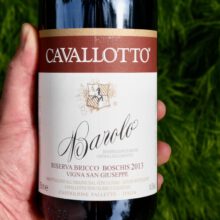
Product information
Cavallotto Barolo Riserva Bricco Boschis ‘Vigna San Giuseppe’ 2013
$460
Description
Every time I’ve tried Cavallotto’s ‘Vigna San Guiseppe’ I’ve gone to a very happed place. The core of fruit in is always insane. Having tasted a dozen of the best Baroli alongside Vigna San Guiseppe over many vintages, it’s clear this is up at the top of the list. Cavallotto’s always beautifully balances power with elegance.
The 2013 Barolo Riserva Bricco Boschis Vigna San Giuseppe is fabulous. The aromatics alone are thrilling. This is what Barolo is all about. Rose petal, holiday spice cake, leather, blood orange and macerated cherry abound. Silky and powerful, the 2013 shows tons of density on the palate and yet remains light on its feet for such a big wine. The wine’s sensuality offers a mirage of accessibility, but the 2013 is best cellared for at least a handful of years. There is nothing like Barolo, and this is a terrific example. The 2013 saw 36-38 days on the skins followed by five years in cask, with a preference for larger and more neutral oak that allows for a more gradual pace of aging in the cellar than smaller casks.
Galloni
Only 2 left in stock












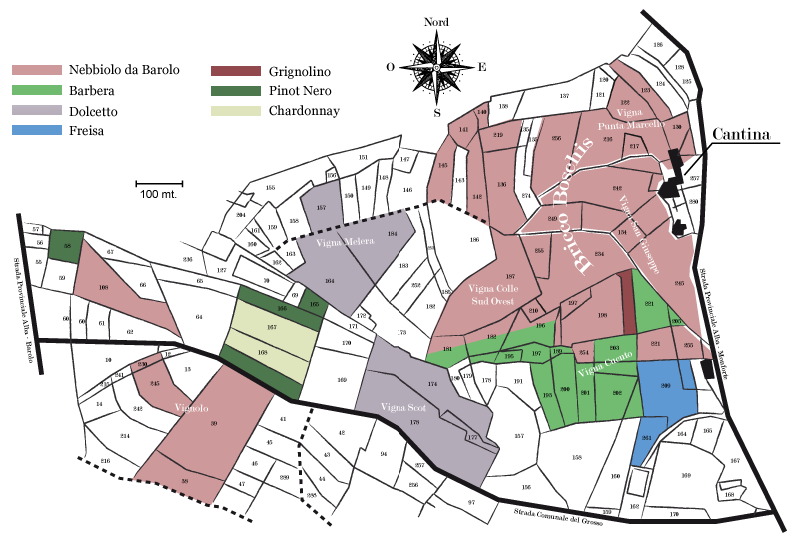
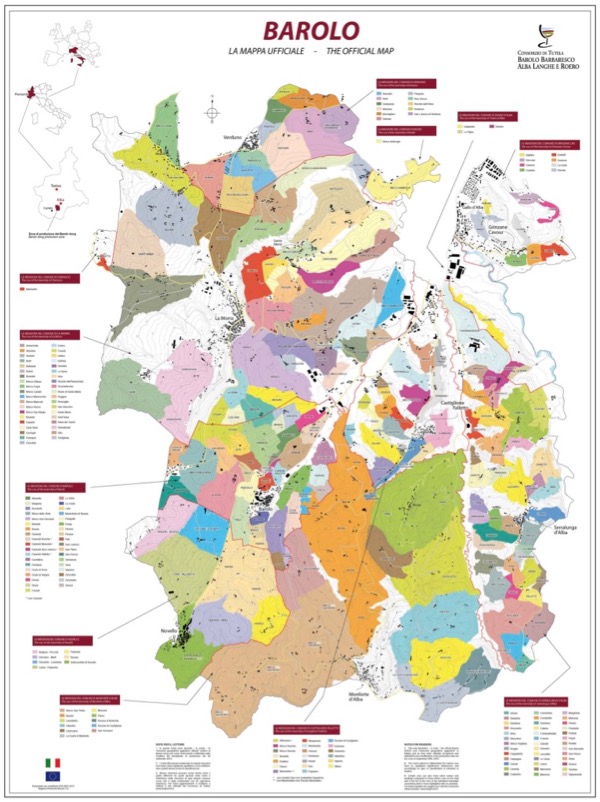
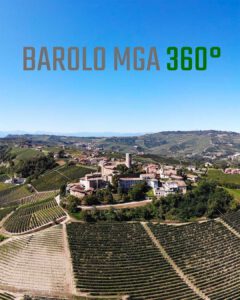

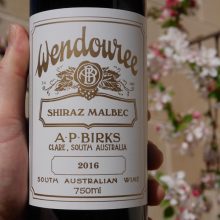
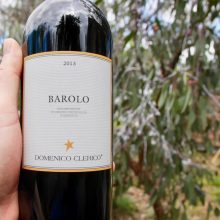
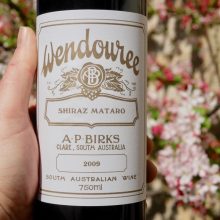
You must be logged in to post a comment.